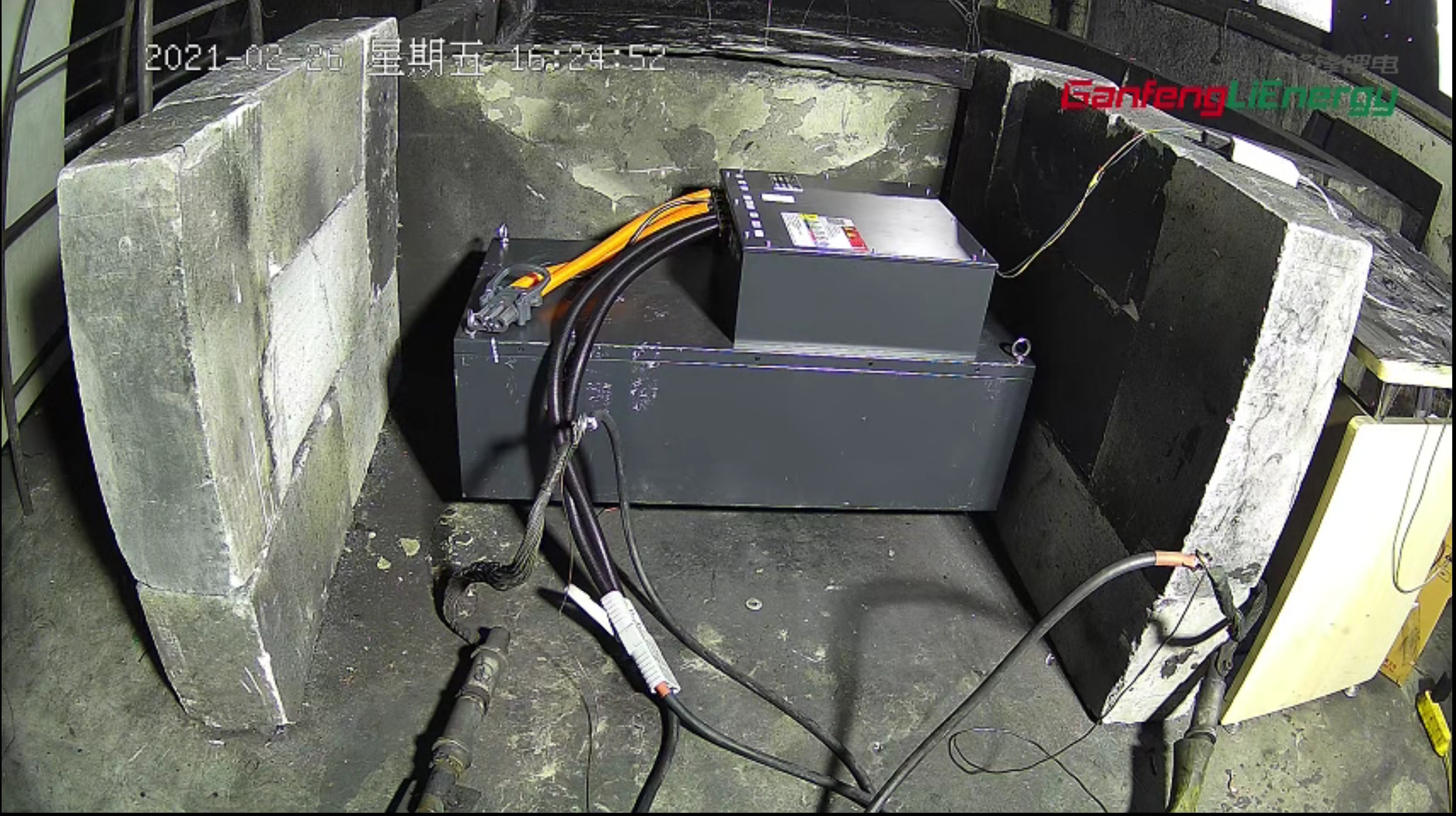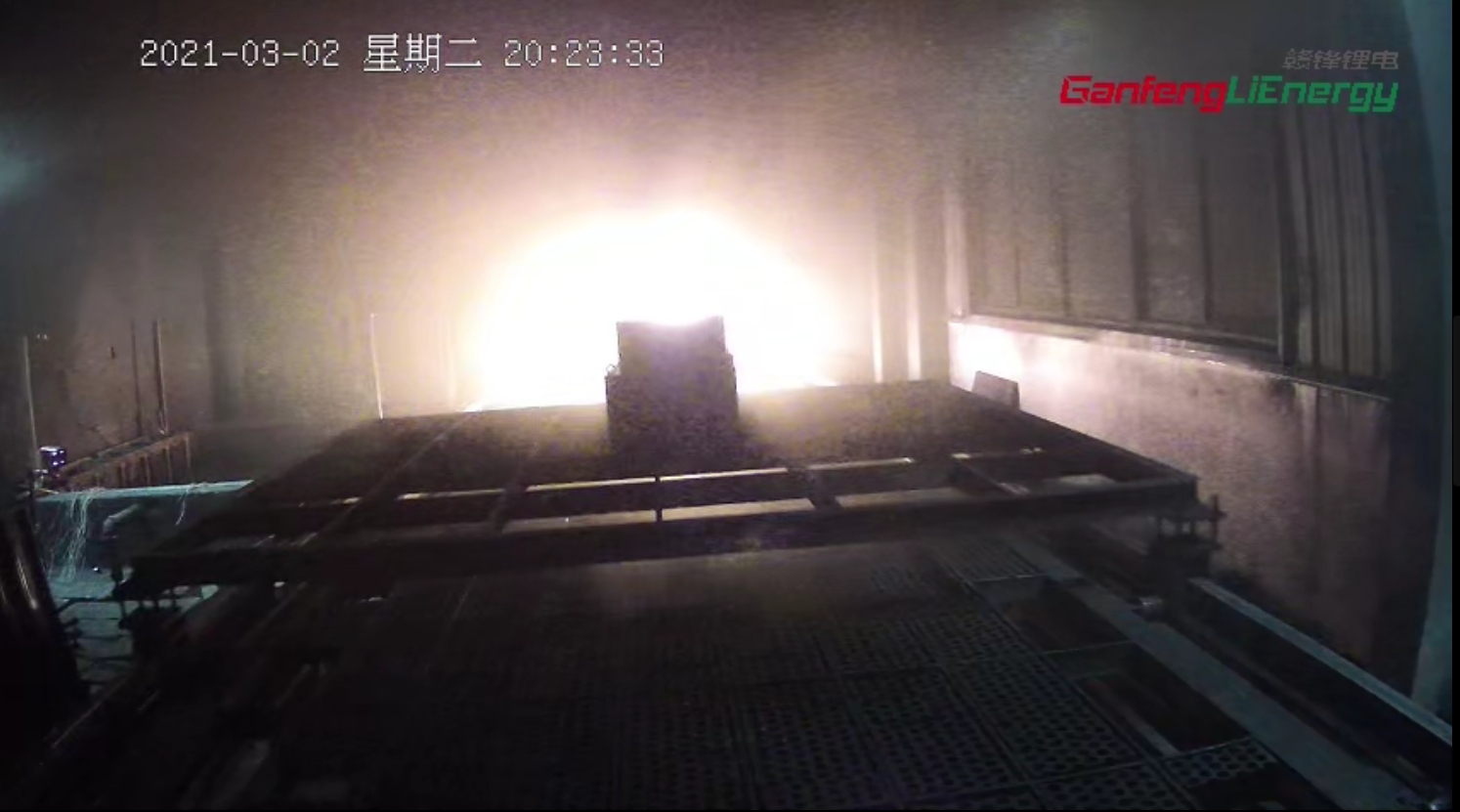What is the difference between ternary batteries and lead-acid batteries on forklifts?
Forklifts generally use two main types of batteries: lead-acid batteries and lithium-ion batteries. Lead-acid batteries are widely used because of their low cost, but because they require a lot of time for operation and maintenance, lithium batteries, as an energy source that can replace lead-acid batteries, have more perfect efficiency and operating time, so more companies choose lithium batteries.
Advantages and disadvantages of lithium batteries and lead-acid batteries
Lithium-ion forklift battery:
Advantages:
Fast charging: Charging time for opportunity charging is usually 1 to 4 hours.
Longer service life: It can provide 5,000 to 8,000 charging cycles, almost 5 times that of lead-acid batteries.
Higher energy efficiency: More energy-efficient than lead-acid batteries.
Safer: Safer, no need to disassemble for charging, no risk of acid leakage and toxic gas.
Easy maintenance: Maintenance-free, more convenient to use.
Disadvantages:
Infrastructure requirements: The power infrastructure may need to be upgraded to accommodate fast charging.
Lead-acid forklift battery:
Advantages: Affordable and low maintenance cost
Disadvantages: Requires frequent charging and maintenance, high environmental pollution.
 Ganfeng Lithium Battery Passed the Short circuit test
Ganfeng Lithium Battery Passed the Short circuit test Ganfeng Lithium Battery Passed the Thermal Runaway Test
Ganfeng Lithium Battery Passed the Thermal Runaway Test Ganfeng Lithium Battery Passed the Fire Test
Ganfeng Lithium Battery Passed the Fire Test Why use lithium batteries instead of lead-acid batteries?
Why use lithium batteries instead of lead-acid batteries? Questions about Forklift Lithium Batteries
Questions about Forklift Lithium Batteries Ganfeng Lithium's Goulamina project's first phase crushing production line completed ...
Ganfeng Lithium's Goulamina project's first phase crushing production line completed ... GanfengLiEnergy Battery won the title of Top 10 Chinese Energy Storage ...
GanfengLiEnergy Battery won the title of Top 10 Chinese Energy Storage ... Jiangsu Ganfeng's 100,000th Engineering Machinery Power Battery System Rolls Off ...
Jiangsu Ganfeng's 100,000th Engineering Machinery Power Battery System Rolls Off ... GanFengLiEnergy Showcases Multiple Innovative Energy Storage Products at WBE2024
GanFengLiEnergy Showcases Multiple Innovative Energy Storage Products at WBE2024